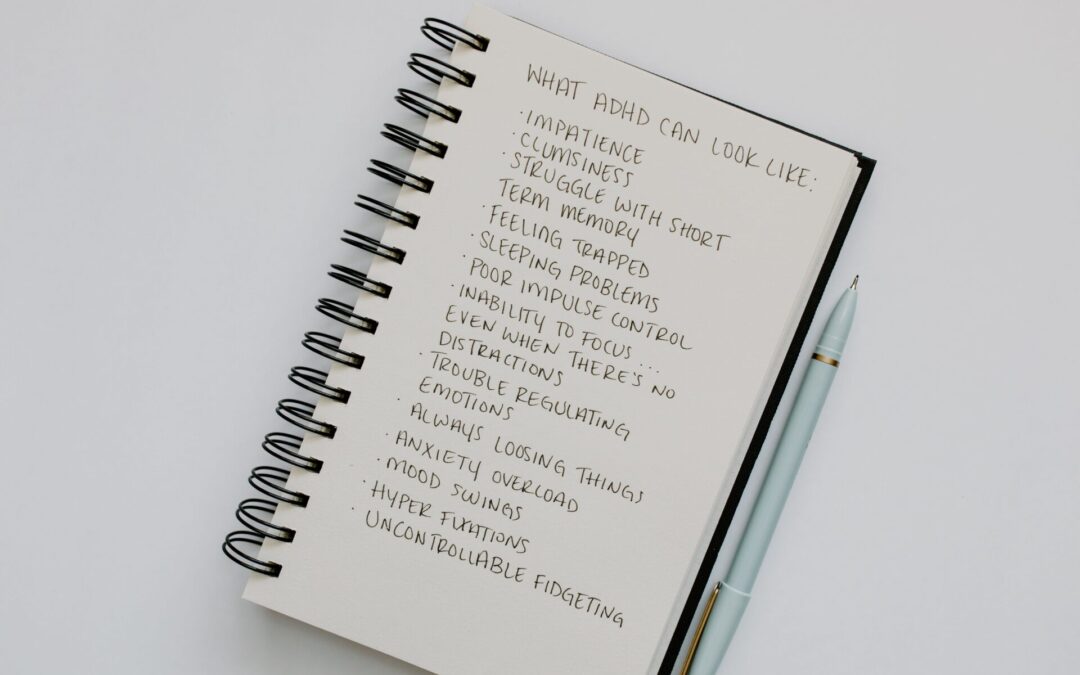Homeschooling provides a unique opportunity for parents to create an ADHD-friendly learning environment, tailored to the specific needs of their child.
In this comprehensive guide, we’ll explore strategies for teachers to design a classroom accommodating students with ADHD and provide tips for parents to create a conducive home environment for learning.
Part 1: Classroom Strategies for Teachers
1. Organized and Clutter-Free Classroom
- Seating Arrangement: Arrange desks or workspaces to minimize distractions. Allow students with ADHD to sit in a quiet corner, away from doors and windows, or at the front of the class.
- Minimal Visual Distractions: Keep walls and bulletin boards uncluttered, displaying only essential information. Limit decorations to reduce overwhelming visual stimuli.
2. Sensory Considerations
- Lighting: Ensure well-lit classrooms with natural lighting if possible. Minimize harsh or flickering lights.
- Noise Control: Use noise-canceling materials or offer noise-canceling headphones to reduce auditory distractions.
- Flexible Seating: Provide options for flexible seating, such as standing desks or fidget tools, to accommodate sensory needs.
3. Clear Routines and Visual Schedules
- Daily Schedule: Create a visual daily schedule that outlines activities, helping students anticipate transitions and reducing anxiety.
- Task Lists: Offer visual reminders, such as checklists or highlighters, to emphasize important information and tasks.
4. Clear Instructions and Expectations
- Explicit Instructions: Provide clear, step-by-step instructions for assignments and tasks. Encourage students to repeat back instructions to ensure comprehension.
- Visual Cues: Use visual cues like color-coding to highlight important information and key steps.
5. Frequent Breaks and Movement Opportunities
- Brain Breaks: Incorporate short, structured breaks to allow students to move, stretch, or refocus.
- Physical Activity: Encourage brief physical activities during breaks, such as stretching exercises or short walks, to enhance concentration.
Part 2: Home Environment Tips for Parents
1. Organized Learning Space
- Dedicated Learning Area: Create a designated space for learning, free from distractions and clutter.
- Supplies and Materials: Ensure all necessary school supplies, books, and materials are organized and readily accessible.
2. Sensory-Friendly Home
- Lighting: Use well-lit rooms with natural lighting. Consider adjustable lighting options to accommodate different tasks.
- Noise Control: Minimize noise distractions by using noise-cancelling headphones or background white noise if needed.
- Comfortable Seating: Provide a comfortable and ergonomic workspace with flexible seating options to cater to your child’s sensory needs.
3. Consistent Routines and Schedules
- Daily Schedule: Establish a daily routine with regular mealtimes, breaks, and study periods.
- Visual Schedules: Create visual schedules or use digital tools to help your child anticipate daily activities.
4. Positive Reinforcement and Motivation
- Reward System: Implement a positive reinforcement system, such as a sticker chart or small rewards, to motivate your child and acknowledge their achievements.
- Praise and Encouragement: Offer regular praise and encouragement to boost your child’s self-esteem and confidence.
5. Parental Support and Communication
- Open Communication: Maintain open communication with your child, addressing any concerns or challenges they may face.
- Seek Professional Help: If needed, consult with educators, therapists, or medical professionals for additional support and guidance.
Conclusion:
Designing an ADHD-friendly learning environment, whether in a classroom or at home, is essential for helping children with ADHD thrive in their educational journey. By implementing these strategies and tips, teachers and parents can provide the necessary structure, support, and accommodations to empower children with ADHD to succeed academically and develop valuable life skills.


Recent Comments